Canada’s Navy Taps Schiebel’s S-100 Drone For Its Warships
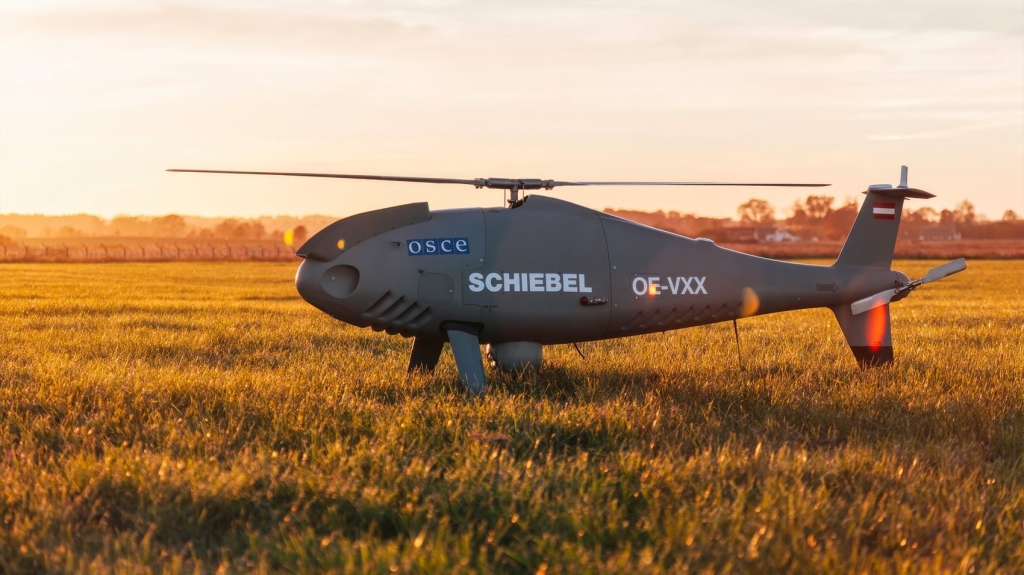

Photo credit: Schiebel
“has-text-align-left”>Amazon Deals: SkyRover X1 15% off now $644.30, and DJI Mic Mini 36% off, now $109!
The Royal Canadian Navy (RCN) is getting a major upgrade to its eyes in the sky. In a significant new contract, the RCN will be equipping its Halifax-class warships with the combat-proven Schiebel CAMCOPTER S-100, a helicopter-style drone designed for high-stakes maritime surveillance.
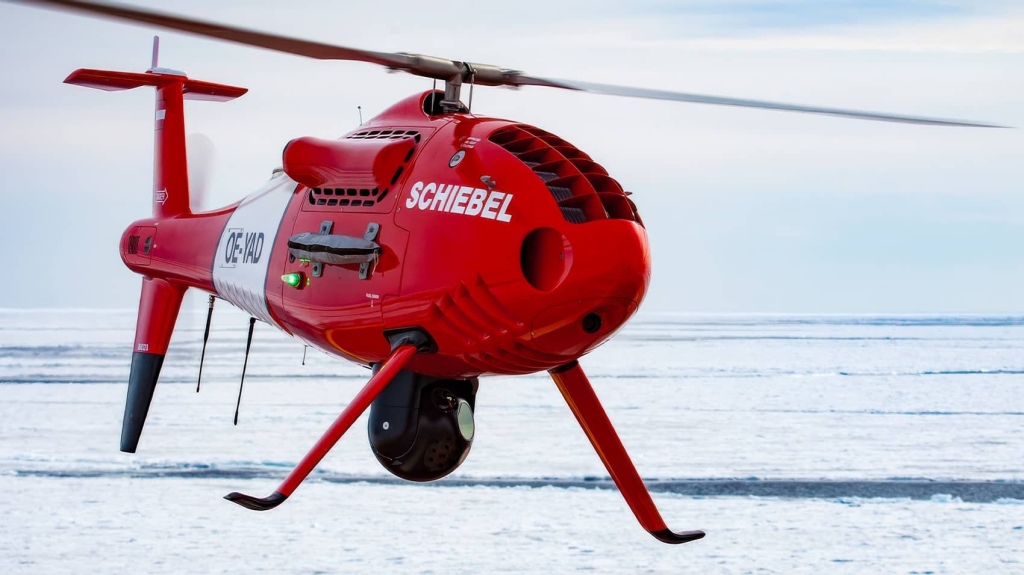

Photo credit: Schiebel
The deal, awarded to MDA Space Ltd., will see up to six of these advanced Unmanned Aircraft Systems (UAS) deployed on Canadian frigates. It’s a powerful move that will dramatically enhance the Navy’s ability to see and respond to threats at sea, both at home and abroad.
“wp-block-heading”>The S-100: A Proven Naval Scout
The Schiebel S-100 is no newcomer to the world of naval operations. This Vertical Takeoff and Landing (VTOL) drone has been a workhorse for navies around the world for years, and for good reason. It’s a rugged, reliable, and incredibly capable platform.
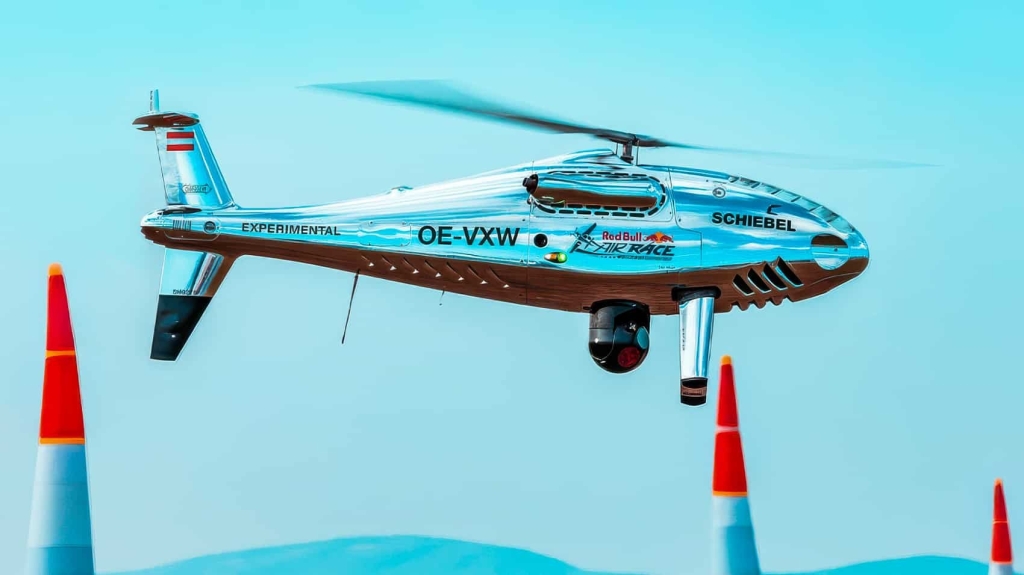

Photo credit: Schiebel
Its primary mission for the RCN will be ISTAR—Intelligence, Surveillance, Target Acquisition, and Reconnaissance. The S-100 can fly for over six hours, soaring from the deck of a moving warship to scan the ocean up to 100 nautical miles away.
The real magic is in its multi-sensor payload. The S-100 will be equipped with a suite of high-tech gear, including:
- Electro-Optical/Infrared (EO/IR) Cameras: For crystal-clear, day-and-night video surveillance.
- Maritime Radar: To detect and track other vessels, even in bad weather.
- Automatic Identification System (AIS): To identify commercial ships and other friendly vessels.
- Identification Friend or Foe (IFF): To safely distinguish between allied and potential enemy forces.
This all-in-one package turns every Halifax-class frigate into a powerful surveillance hub.
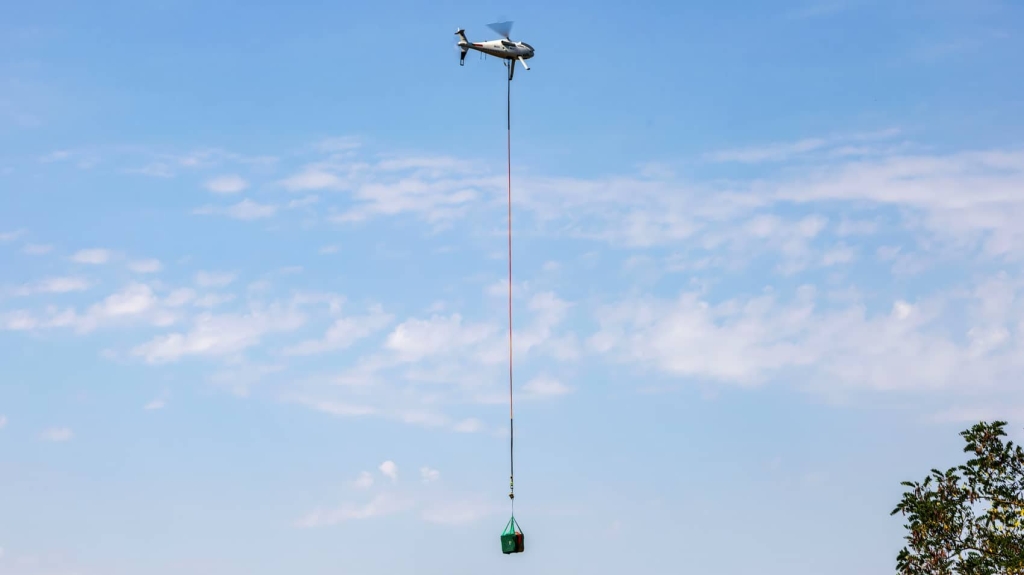

Photo credit: Schiebel
“wp-block-heading”>The VTOL Advantage
For naval operations, the S-100’s VTOL design is a massive advantage. Unlike fixed-wing drones that need a runway or a catapult and net system, the S-100 takes off and lands vertically, just like a helicopter. This means it can operate from the small, often pitching and rolling flight decks of frigates and destroyers with ease.
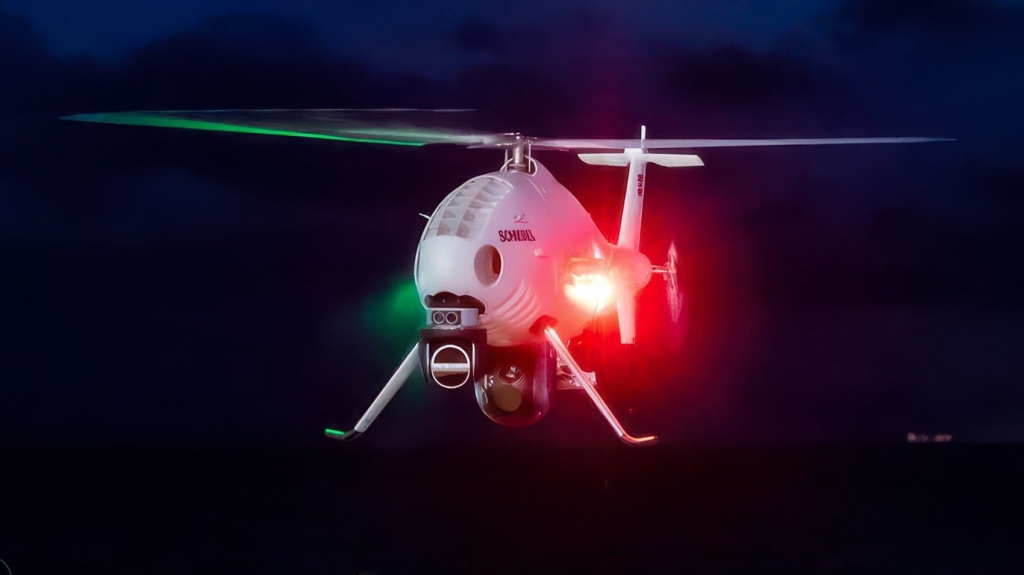

Photo credit: Schiebel
This flexibility is crucial for a navy like Canada’s, which has to operate in some of the most challenging maritime environments on the planet, from the icy waters of the Arctic to the open Pacific. As Hans Georg Schiebel, the company’s chairman, noted, the S-100 is perfectly suited to meet the “rigorous” demands of the Royal Canadian Navy.
“wp-block-heading”>A New Era for the Royal Canadian Navy
This contract is a major step forward in modernizing the RCN’s capabilities. By integrating a proven, high-endurance drone like the S-100, the navy is multiplying the effectiveness of its warships. A single frigate can now have a persistent, over-the-horizon view of its surroundings, allowing it to detect threats like smugglers, submarines, or illegal fishing operations long before they become a danger.
It’s a smart investment that enhances the safety of Canadian sailors and allows the RCN to project power more effectively on the global stage.
“wp-block-heading”>DroneXL’s Take
There’s something undeniably cool about a helicopter drone. As a pilot who mostly flies multirotors, the engineering of a single-rotor VTOL aircraft like the S-100 is just beautiful. It’s a design that is purpose-built for the tough, unforgiving environment of naval operations.
“Real talk,” the sea is a brutal place for any machine. The corrosive saltwater, the high winds, the constant motion of the ship—it’s an absolute nightmare for any aircraft. The fact that the S-100 has been so successful with so many navies around the world is a massive testament to Schiebel’s engineering.
This is a great choice by the Royal Canadian Navy. They aren’t taking a gamble on an unproven piece of tech; they are investing in one of the most reliable and capable naval drones on the market. The multi-sensor payload is a commander’s dream, giving them a complete picture of the maritime environment that was previously impossible to get without a very expensive manned helicopter.
This is the mature, professional side of the drone industry. It’s not about hype; it’s about delivering a reliable tool that helps sailors do their job more safely and effectively. It’s a powerful story, and it’s a huge win for both the RCN and Schiebel.
Photo credit: Schiebel Press

Comments are closed.